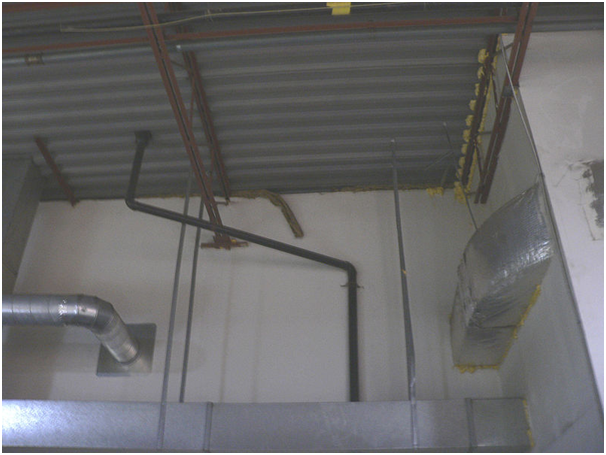Using the correct type of ducting is essential in any ventilation system. Correct duct choices will ensure that optimum energy-efficiency is achieved and will minimize maintenance costs and any associated downtime of the ventilation systems.
A properly functioning ventilation system will minimize airflow impedance so that the maximum airflow is achieved with the machinery used. Anything impacting airflow will impair a system’s efficiency. Whether it is a damaged duct leaking or pulling in unwanted air from an area where airflow isn’t necessary or increased resistance to airflow caused by the intentional placement of a filter or condensation pools, these problems will add up and potentially cause a dramatic impact on your ventilation system’s ability to function properly. Some of these obstacles to air flow, such as the need for air filters, are unavoidable, but others can be avoided with good forward-planning and the use of high-quality ducting that will better withstand the test of time.
Types of Ducting
Manufacturers produce ducting in two broad categories: rigid and flexible. Rigid ducting can be made of any rigid (and usually light) material and can often be seen in industrial spaces, warehouses and large grocery centers with unfinished ceilings. Flexible ducting is typically found in harder to reach places, given its flexibility.
Problems with Flexible Ducting
Flexibility almost always comes at a cost, and it is no different with ducting. Joints with flexible ducting are harder to properly seal, and longer lengths of flexible ducting can experience drooping or sagging over time. Drooping and sagging can cause problems just by making airflow turbulent and inefficient – if the duct runs through a cold space and isn’t an insulated flexible duct, pools of condensation can collect, thus effectively narrowing the duct. Given the plethora of duct sizes available from suppliers such as https://www.dustspares.co.uk/flexible-ducting/insulated-flexible-duct.html, a balance must also be struck between using less space with smaller diameter duct and giving sufficient room for air flow. An entertaining read showing some flexible ducting horrors can be found here: http://www.greenbuildingadvisor.com/blogs/dept/building-science/should-flex-duct-be-banned.

While a lot of professional installers may be scathing about flexible ducting, some situations simply need a flexible solution as a trade-off for installation difficulty, and a little planning is all that is needed to avoid the pitfalls of flexible ducting. It would be illogical to incur significant costs to avoid a little flexible ducting.




